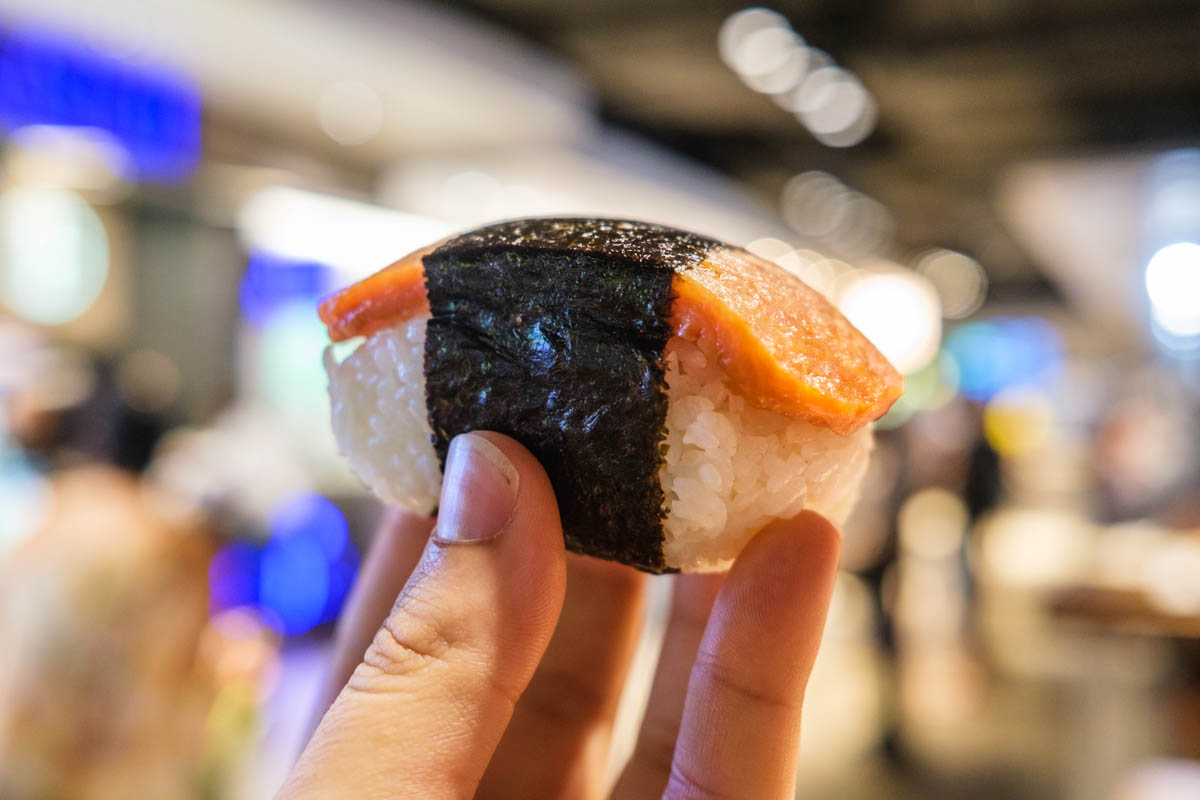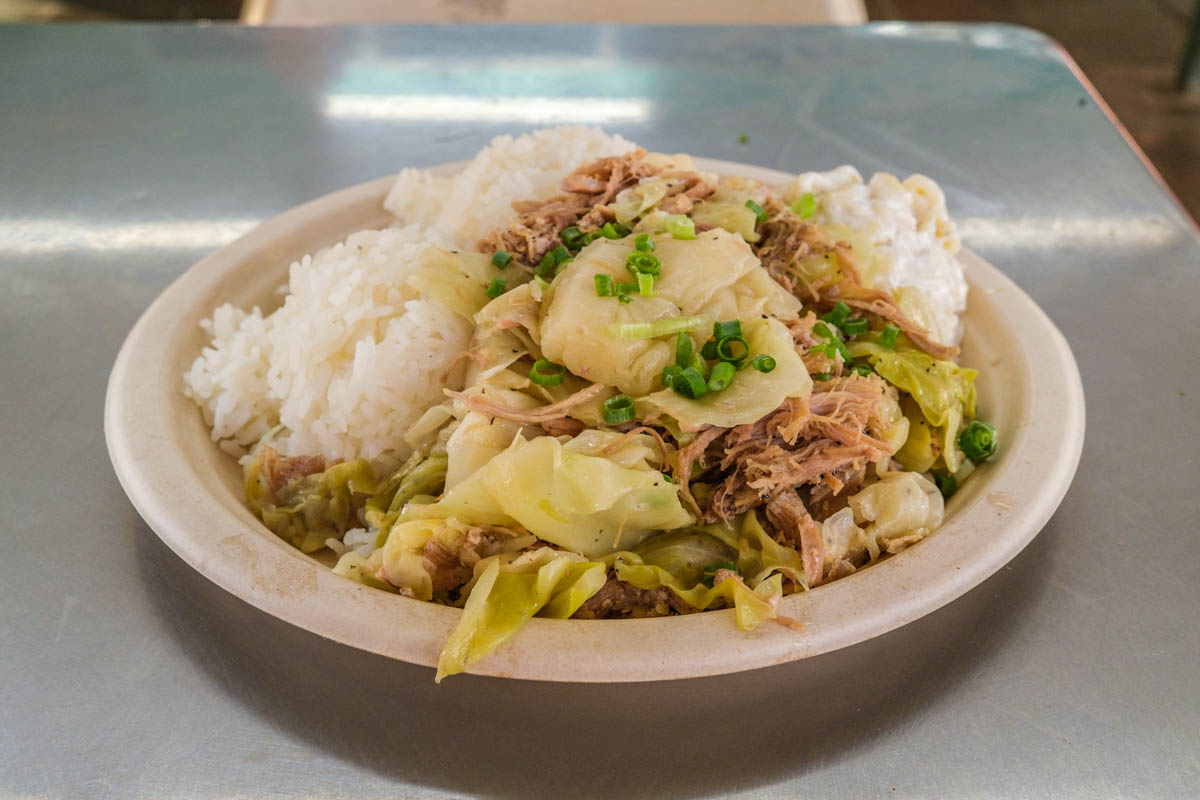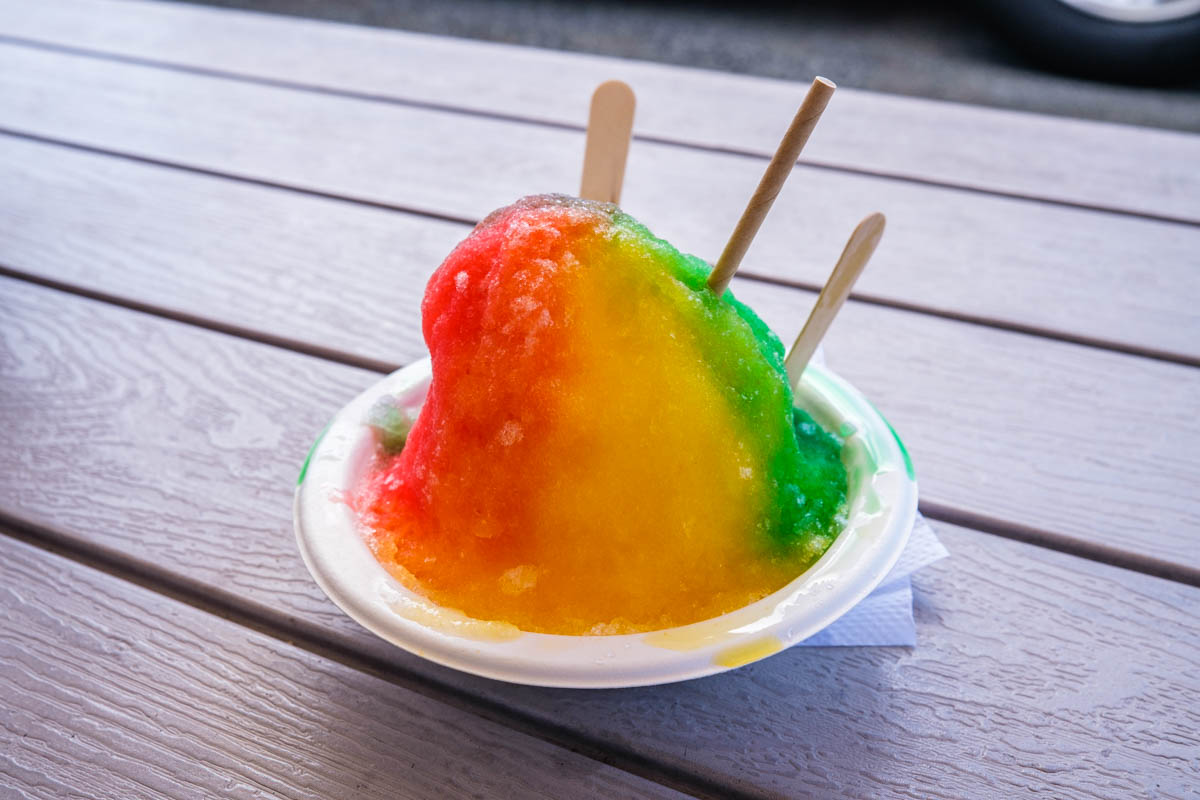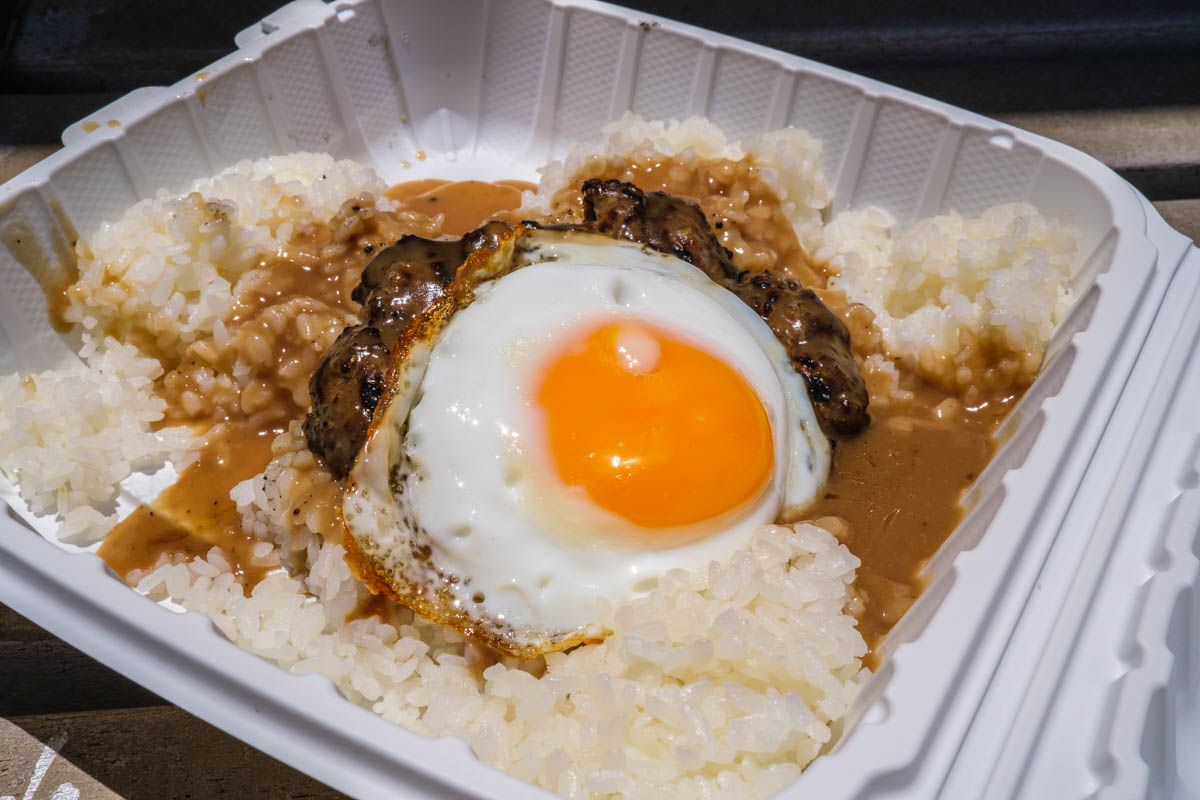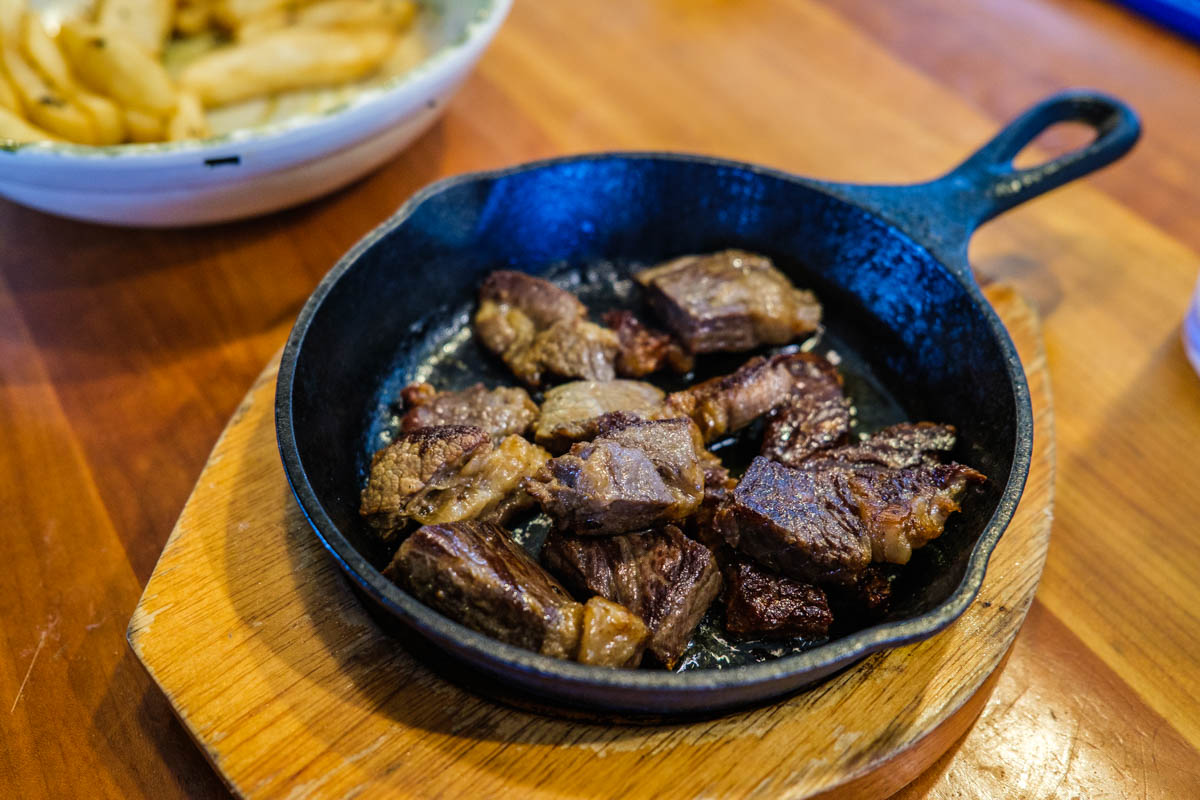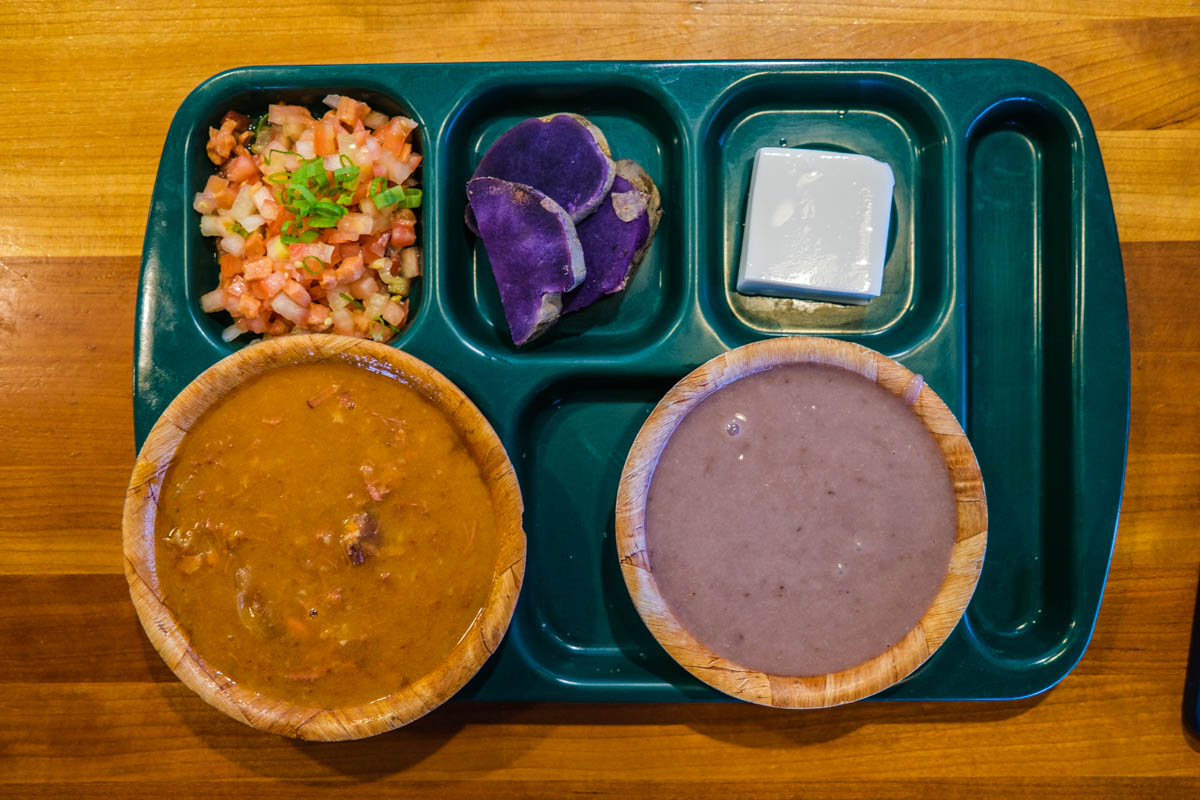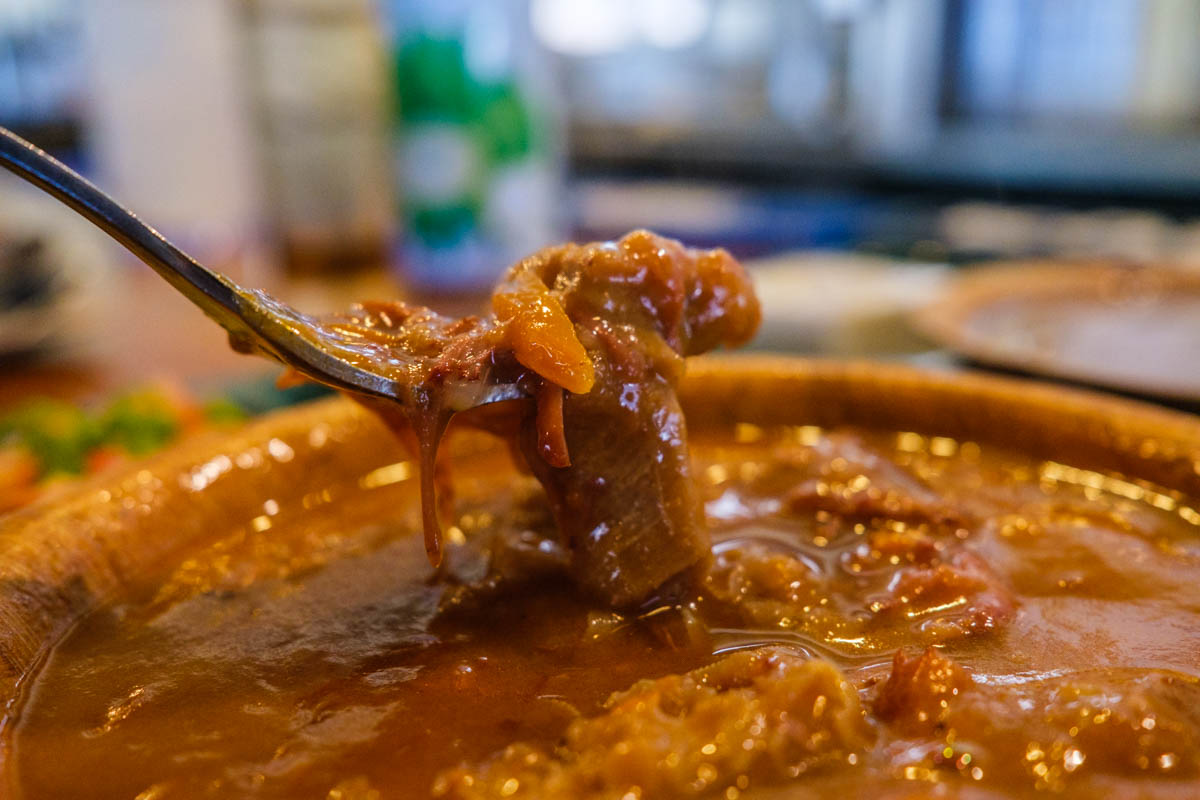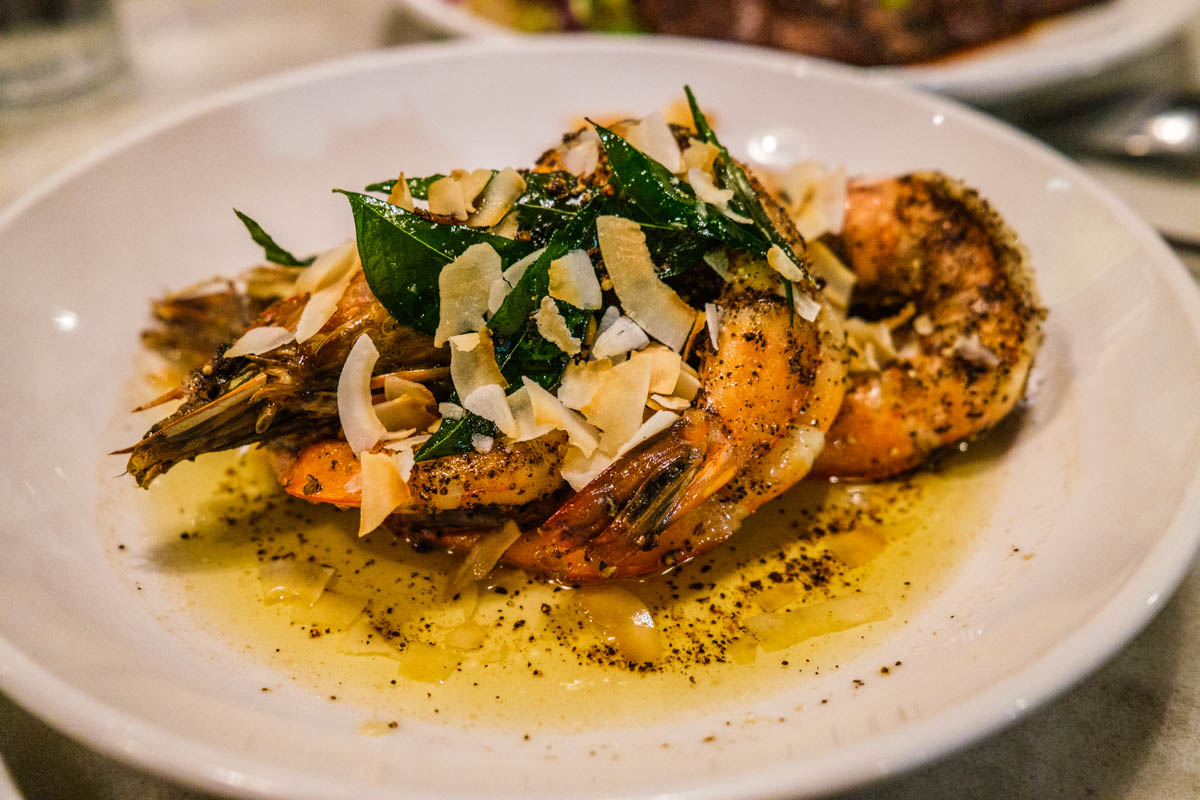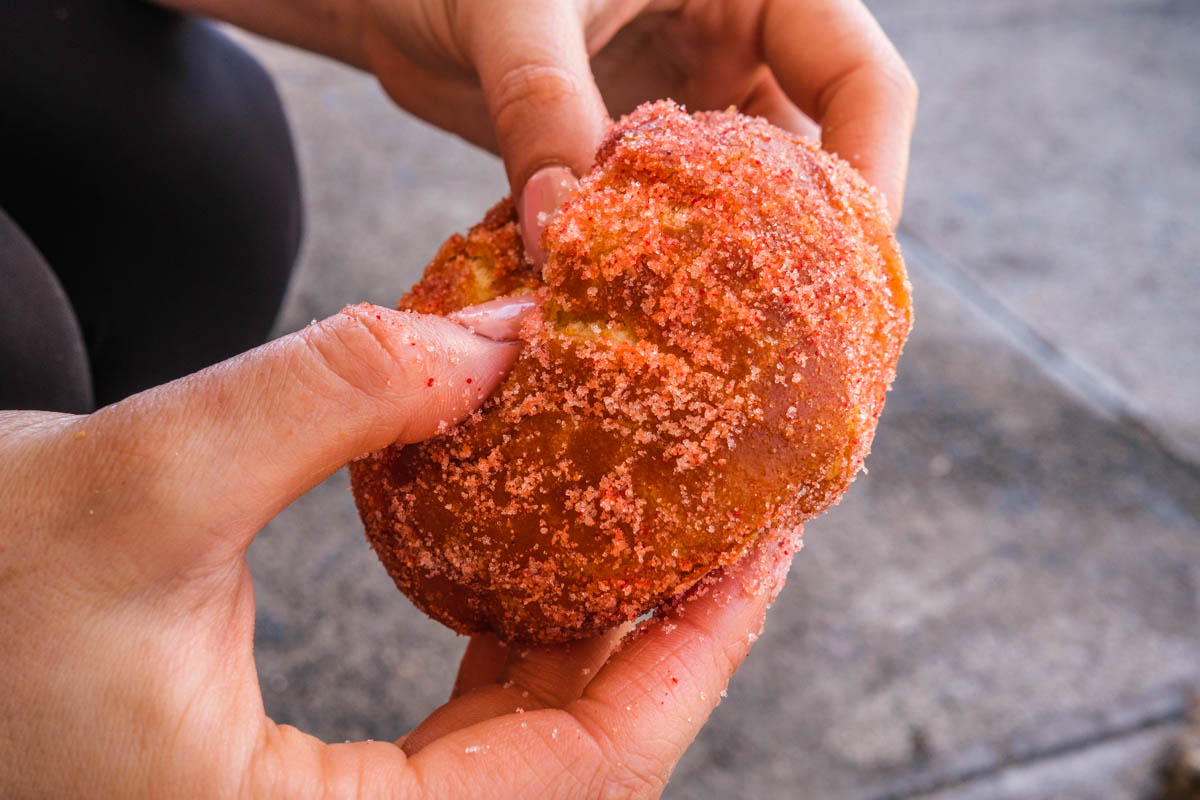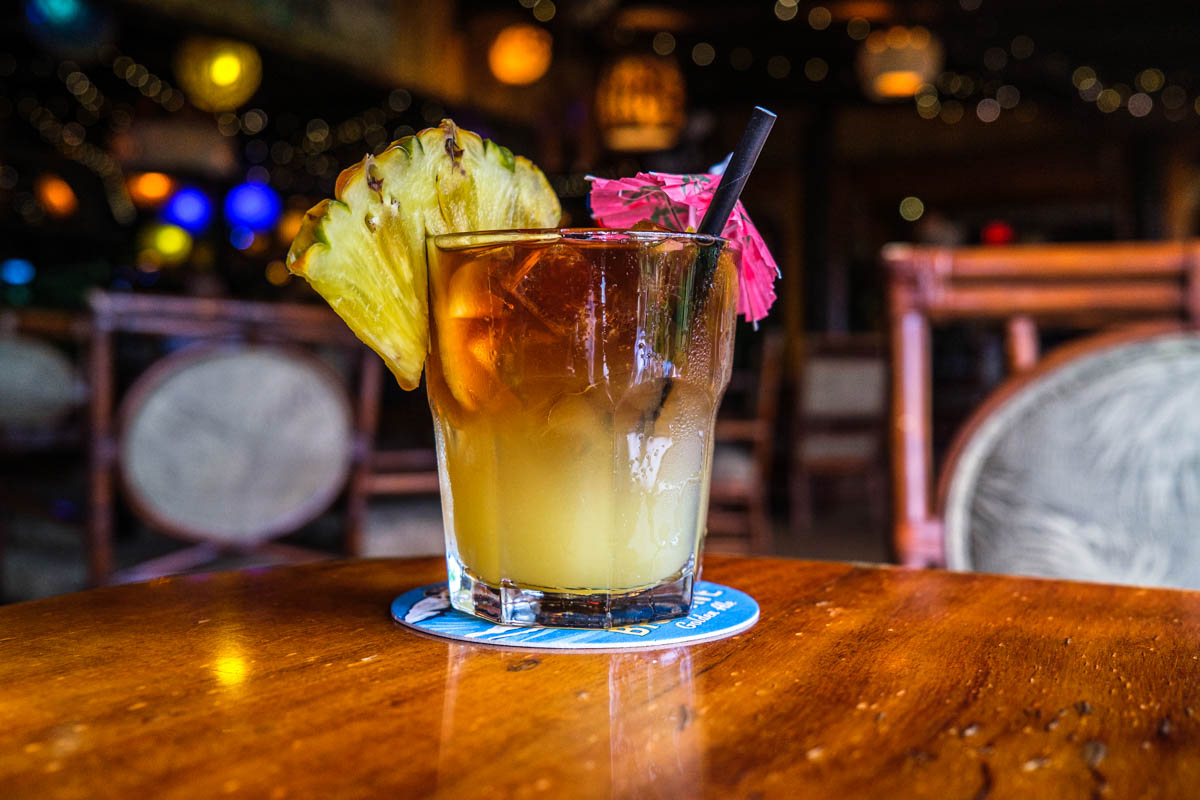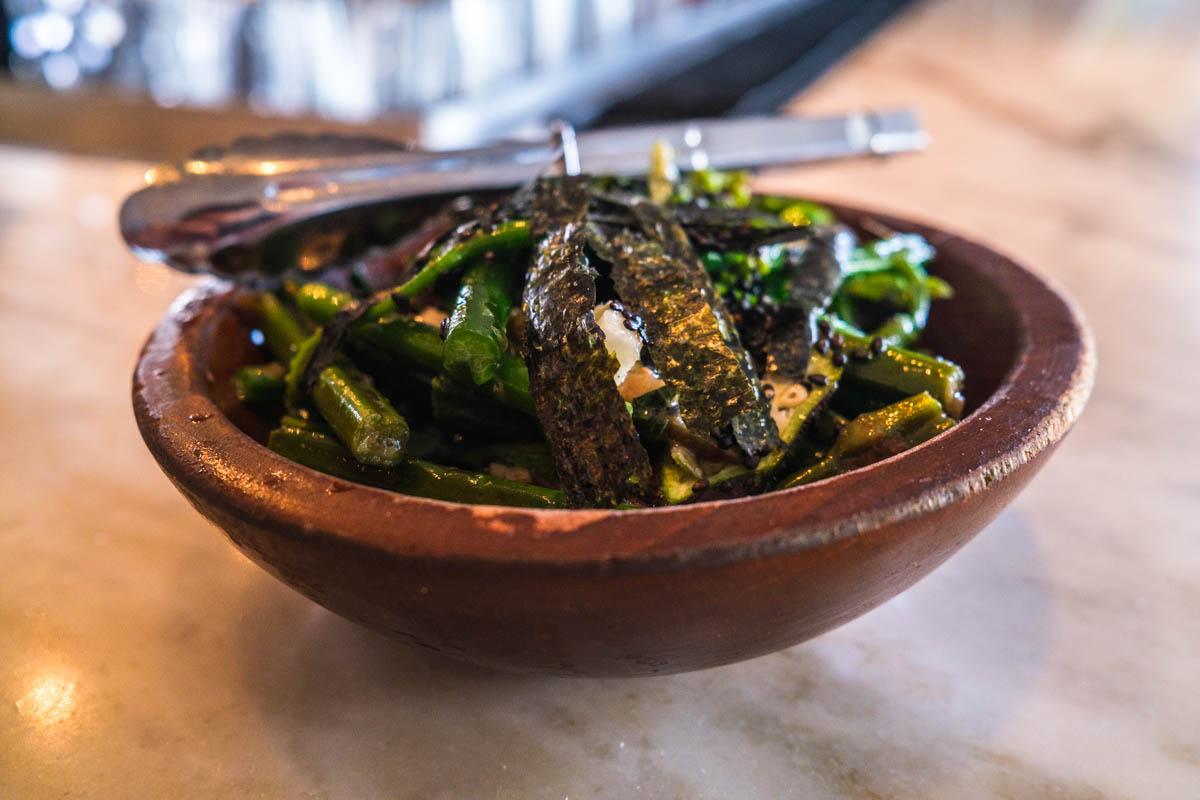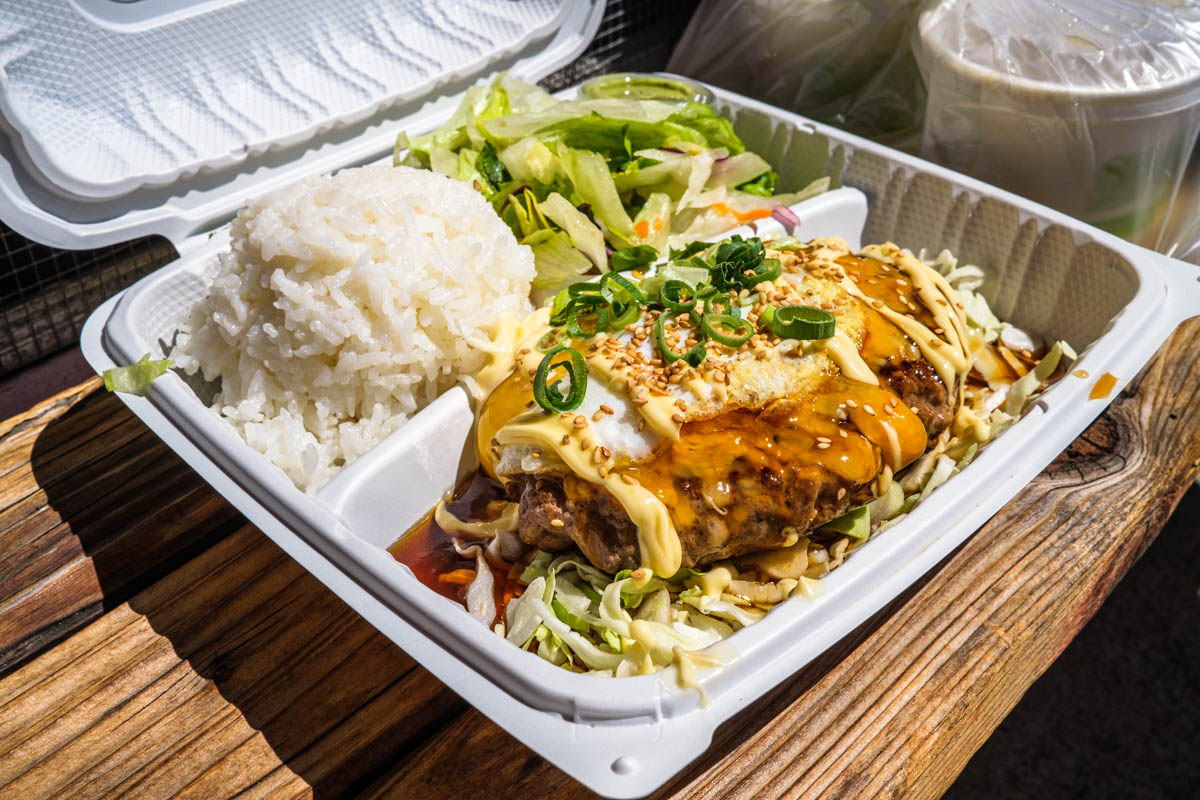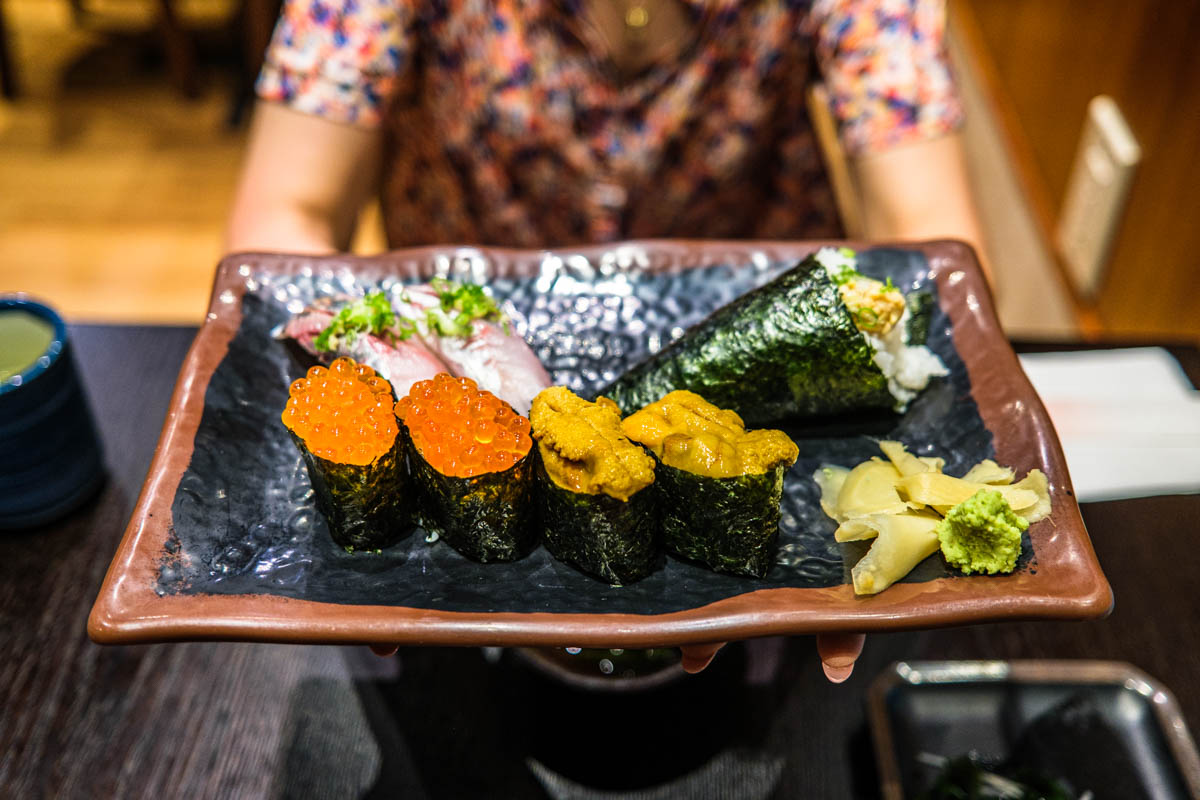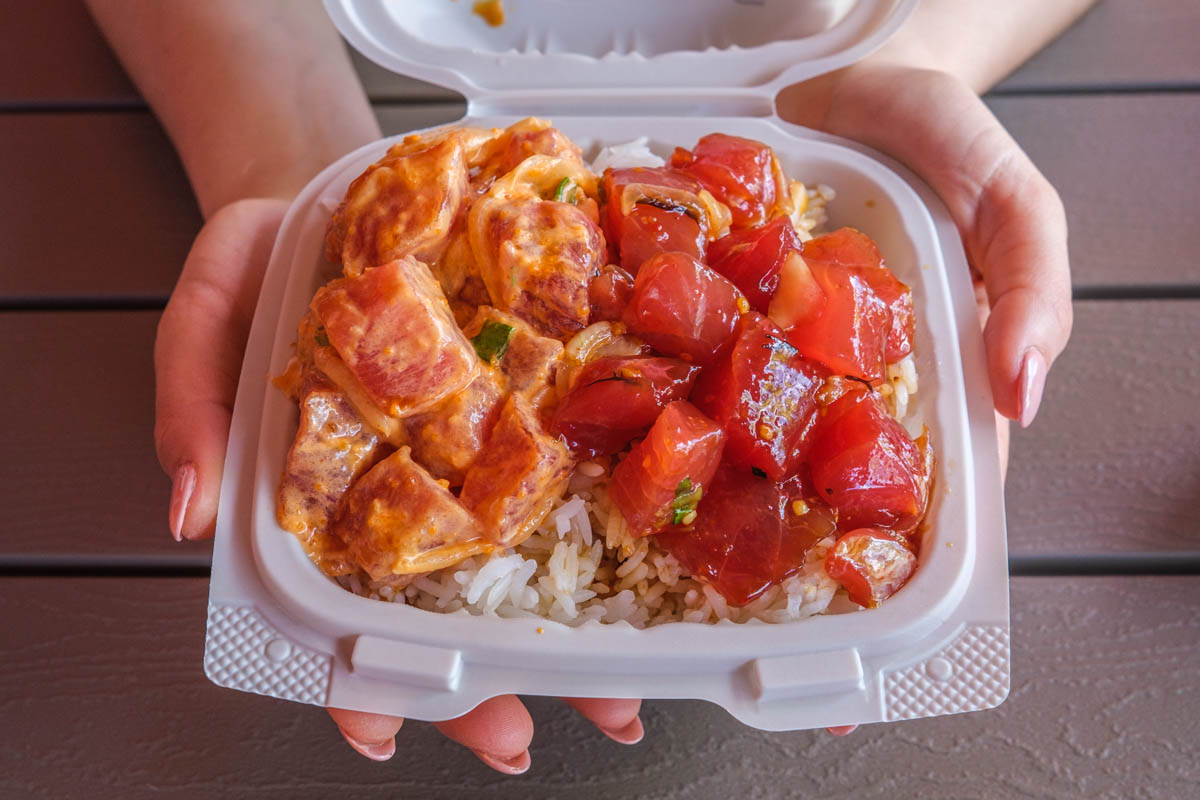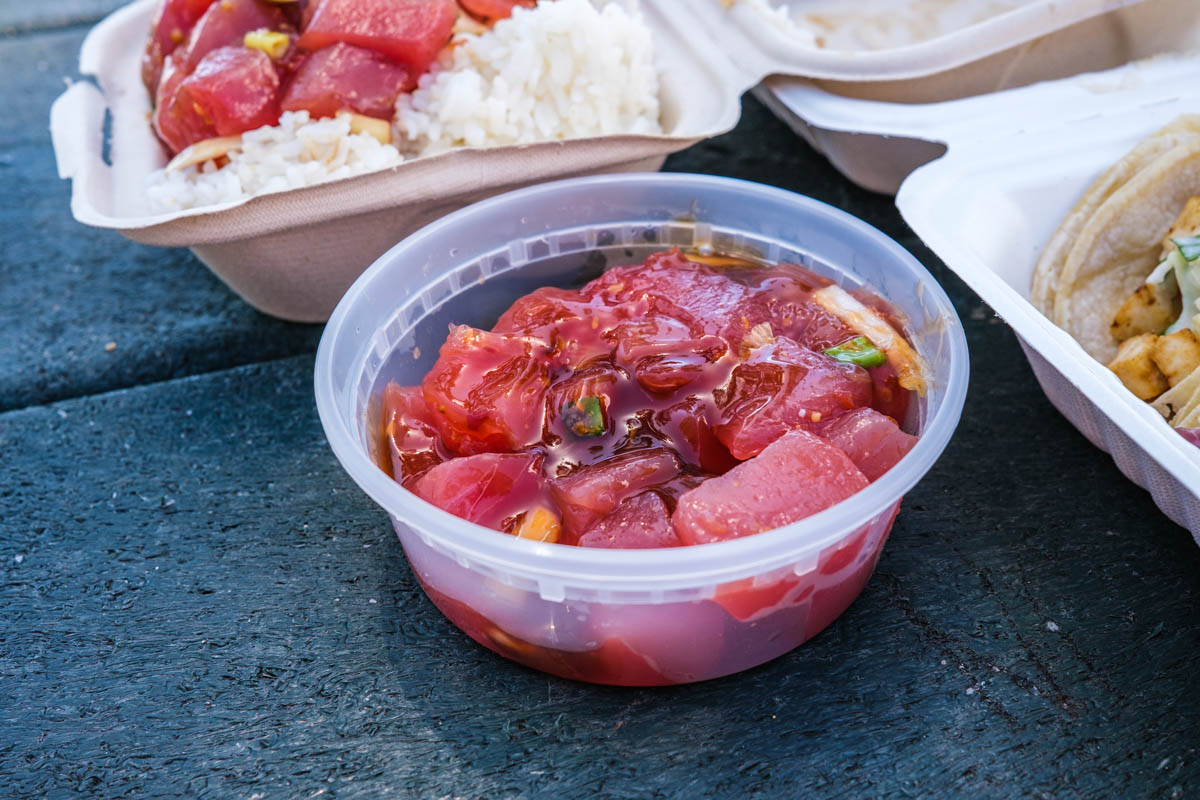HONOLULU | While researching what to eat in Hawaii, you’ll soon be salivating at the dishes that can be experienced. Hawaii is home to a rich and diverse food culture, the result of successive waves of immigration over generations.
There’s pre-European settlement, Polynesian staples like poi, kalua pork, and the fresh raw seafood that evolved into today’s poke. Japanese immigration has had a big influence on the food of Hawaii, as has immigration form places like China, Korea, and the Philippines.
Trends from mainland USA have also influenced what to eat in Hawaii, along with an ever increasing culturally diverse population. Traditional diners and cafes, some of which have been in the same family for generations have a story to tell, as do newer restaurants. Many of the new restaurants, started by Hawaiian-born chefs who have returned home, build on modern-American cuisine with a distinctly Hawaiian flavour and story.
Here are some of the foods that you can expect to find when you’re visiting, and wondering what to eat in Hawaii. I’ve also included some of the place where you can enjoy these foods in Honolulu. For a full list on places to eat in Honolulu, check out my article, “Honolulu Food Guide: Where To Eat“.
Coco Puffs
Liliha Bakery’s signature coco puffs hit the bakery’s menu in the 1970s but didn’t become what they are today until being tweaked in the 1990s. Today it’s what they are known for. Coco puffs are puff pastry rounds filled with a creamy chocolate (or matcha) pudding and topped with a buttery Chantilly frosting.
Garlic Shrimp/Prawns
Popularised on Hawaii’s North Shore at food truck Giovanni’s in 1993, garlic shrimp has become a Hawaiian staple. Plump, local shrimp are sauteed with a heap of finely diced garlic until crispy. They’re then served over rice with a thick, buttery sauce.
Chocolate Haupia Pie
There are many variations of haupia pie, but the most popular is chocolate haupia pie. It’s a combination of haupia pudding (a dense coconut milk pudding) layer, chocolate layer, and whipped cream, in a pie crust.
Huli-Huli Chicken
Huli-huli chicken is chicken that’s been barbecued on a grill or rotisserie over mesquite wood, and basted with a sweet huli-huli sauce. Huli is the Hawaiian word for “turn”. Customers would shout it out when seeing the chicken turning on the rotisserie.
Huli-huli sauce is similar to teriyaki sauce, based on a sauce created by former naval intelligence officer Ernest Morgado, the inventor of huli-huli chicken, in 1954
Kālua Pig
Kālua pig is a whole pig, cooked in an imu, a traditional Hawaiian underground oven. The entire pig is seasoned with sea salt. It is then placed into the imu, which is filled with lava rocks, and sealed with banana leaves. The pig cooks slowly throughout the day until the meat is fall off the bone tender. The flavour is wonderfully smoky.
Traditional Hawaiian restaurants Helena’s Hawaiian Food, and Highway Inn are two great place to try it.
Loco Moco
Loco Moco was created in 1949 at a restaurant called Lincoln Grill. It was done so at the request of some teenagers from the Lincoln Wreckers sports club. They wanted something quick and inexpensive that wasn’t a sandwich, and Loco Moco was the result.
Crazy (Loco) was the nickname of one of the teenagers, George, who was studying Spanish at high school. Moco though? Because it rhymed with loco and sounded good. Unbeknown to the boys, moco is Spanish for mucus/snot.
There are lots of variations of Loco Moco in the cafes and diners of Hawaii. The traditional is the most popular. White steamed Japanese short grain rice, topped with a beef burger patty, a fried egg, and brown gravy. Try it at Diamond Head Market & Grill, or Ethel’s Grill.
Lomi Lomi Salmon
Lomi lomi salmon (also known as lomi salmon) is a common Hawaiian side. It is a cold fresh salad of salted, shredded salmon with tomatoes, and sweet Maui onions. Scallions/spring onions are also sometimes used.
Luau Stew
Luau Stew is a traditional Hawaiian stew made by cooking fresh luau leaves with water and salt. Onions, ginger, and garlic are common additions. It’s commonly served with rice and other traditional Hawaiian dishes like kālua pig, poi, and ulu.
Macaroni Salad
Ubiquitous as a side on many Hawaiian plates, the macaroni salad in Hawaii is a unique creation. It’s believed to be an adaption of the potato salad that European hotel chefs used to cook back in the plantation era. Local staff swapped potato for macaroni because it was cheaper and less perishable.
Hawaiian macaroni salad sees the elbow shaped macaroni cooked beyond al dente. It’s dressed with a whole lot of Hellmann’s/Best Foods mayonnaise. Mustard, sugar, and MSG are omitted, as sometimes is vinegar.
Malasadas
A malasada is a Portuguese donut It was introduced to Hawaii by Portuguese plantation workers from Madeira and the Azores, who immigrated to Hawaii in 1882. Malasadas are filled with traditional flavours like chocolate and custard, along with Hawaiian flavours like haupia, and guava. Try them at the iconic Leonard’s Bakery, the original location of which has been operating since 1952.
Manapua
Manapua is a Hawaiian take on the Chinese char siu bao, adapted by Chinese immigrants to the islands. There’s the classic char siu, along with fillings like Portuguese sausage, kālua pig, and coconut. Manapua are bigger than char sui bao, and the char siu filling sweeter.
Mai Tai
Despite being associated with Hawaii, the mai tai was actually created at Trader Vic’s, in Oakland, California, in 1944. It was introduced in Hawaii in 1953, and soon became the most popular cocktail there. It’s been associated with Hawaii ever since.
The traditional mai tai is a blend of rum, Curaçao liqueur, orgeat syrup, and lime juice. Several variations on the classic are offered at different venues, but the classic is what you want to be trying first.
Pipikaula
Pipikalua is a salted and dried beef dish, similar to beef jerky. It was traditionally eaten by Hawaiian cowboys (paniolos). It’s common to find pipikalua that’s been marinated in soy sauce. The version at Highway Inn is very good, served sizzling on a skillet. Be sure to get a side of rice to soak up the meat juices on the skillet.
Plate Lunch
The Hawaiian plate lunch is a very popular thing to eat in Hawaii and can be found all over the islands. It consists of two scoops of white rice, macaroni salad, and a main/entrée. It’s generally considered to have appeared in its current form in the late 1800s, an evolution of the Japanese bento.
Mains/entrées reflect Hawaii’s cultural diversity. Several of the things on this what to eat in Hawaii list can be found in plate lunches. Things like Japanese chicken katsu and beef teriyaki, Chinese chow fun, and char sui pork, Hawaiian kālua pig and lau lau, Korean galbi, Filipino chicken adobo and longanisa, Portuguese sausage, and American hamburger steak.
Poi
Poi is a traditional Hawaiian dish of taro that is baked or steamed, then pounded to form a paste. It’s a common side dish, and also often seen as a dipping sauce. Try it at Waiahole Poi Factory, Highway Inn, or Helena’s Hawaiian Food.
Poke
At its heart, poke is lightly seasoned seafood, with a few ingredients to enhance the qualities of the seafood, over rice. The best poke in Hawaii, from what I’ve been able ascertain, more or less sticks to this formula. It’s influenced strongly by waves of Japanese immigration from the late 1800s through to the 1970s.
Some say that any deviation from the basics isn’t really poke. Others say that it’s fine as long as one understands and respects the history, and exercises restraint. Poke is definitely something that should be on your list of what to eat in Hawaii. Three great places to try it in Honolulu are Ono Seafood, Tamura’s Fine Wine & Liquors, and Maguro Brothers.
Saimin
Saimin is a popular Hawaiian noodle soup, similar to Japanese ramen. Dating back to Hawaii’s plantation era, saimin features soft wheat egg noodles served in a hot dashi, topped with diced green onions and a thin slice of kamaboko. Other common toppings include things like Spam, shredded nori, dried shrimp, and char sui pork.
In Honolulu, check out late night local gem, Palace Saimin, for a tasty bowl of the good stuff.
Sashimi/Sushi
While this might not be an exclusively Hawaiian dish, the Japanese influences and abundance of fresh seafood mean that sashimi and sushi are a must when looking for what to eat in Hawaii. One of the best places for sashimi and sushi in Honolulu is Mitch’s Fish Market & Sushi Bar, an unassuming spot just around the corner from the airport.
Shave Ice
Shave Ice is a popular year-round treat in Hawaii. It consists of blocks of ice, finely shaved into a cup or bowl, topped with syrup. The best places on town pride themselves on having ice that’s been shaved so finely, that it’s light and fluffy like a cloud.
Waiola Shave Ice has been around since 1940, and is one of the best places in Honolulu for shave ice.
Spam Mubusi
Musubi is similar to sushi, in that it’s packed white rice topped with meat or veg of your choice. The difference is that the rice used for musubi isn’t vinegared.
At its simplest, Spam musubi features sliced grilled or fried Spam, seasoned with a light Teriyaki sauce, atop a mound of rice the same size as a slice of Spam, wrapped in nori. Spam musubi can be found all over Hawaii. Most commonly in convenience and grocery stores like Lawson, and chains like Musubi Cafe Iyasume.
Teriyaki
Unbeknownst to many, teriyaki sauce was invented in Hawaii, not Japan. Japanese immigrants mixed local ingredients such as pineapple juice and brown sugar with soy sauce and used it as a marinade.
Teriyaki is extremely popular in Hawaii, and can be found everywhere. I’m a huge fan of the teri-burger-rice at Ethel’s Grill. You get a huge serve of rice, a beef burger patty topped with teriyaki sauce, egg, and Japanese mayo, salad, and a cup of miso soup.
Tripe Stew
The tripe stew you’ll find in Hawaii is a blend of Portuguese and Filipino favours and cooking techniques. Slow cooked boiled honeycomb tripe served hot in a thick vegetable stew. If you try it at Highway Inn, you can go for the common tripe stew, or the humbug stew, which has a different tripe combination.
Ulu
Ulu, or breadfruit, is a tropical fruit native to Hawaii, the Caribbean, Polynesia, and South Asia. It’s very versatile, and can be enjoyed raw as a fruit or vegetable. Raw, ulu has a custard-like texture. When baked, it has a texture that resembles bread.
How many of these Hawaiian foods have you tried? Which is your favourite? Are there any that aren’t on my list that you love? Let me know what you think people should be eating when in Hawaii in the contact form on my website, or by sending me a DM on my socials. I’d love to hear from you.
For a full list on places to eat in Honolulu, check out my article, “Honolulu Food Guide: Where To Eat“.


